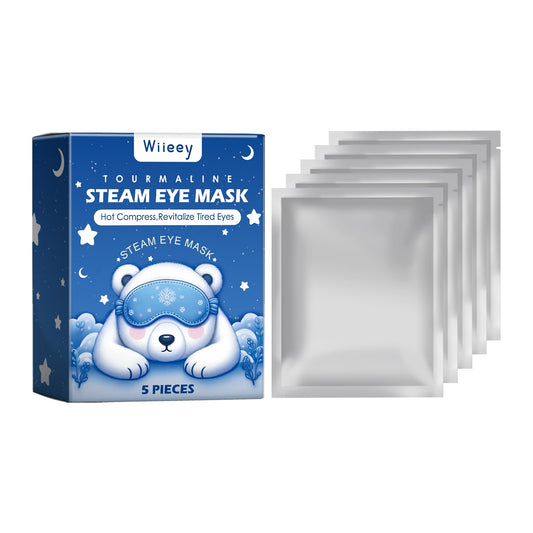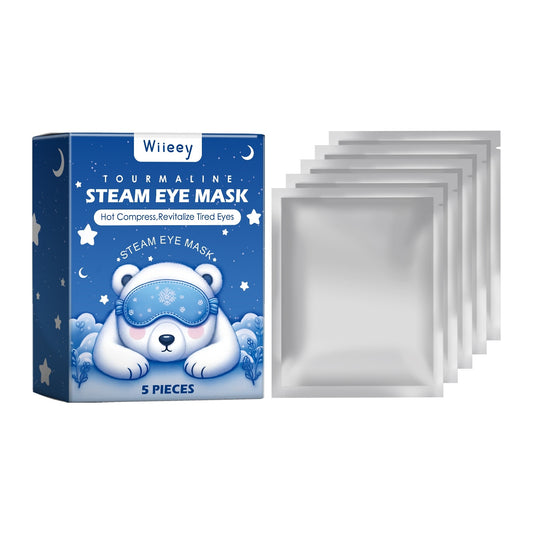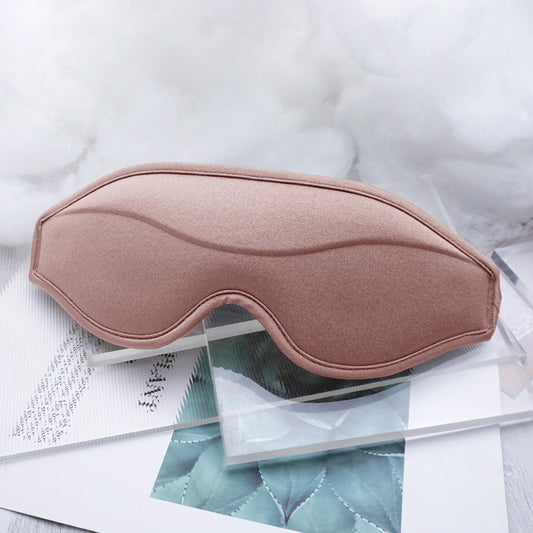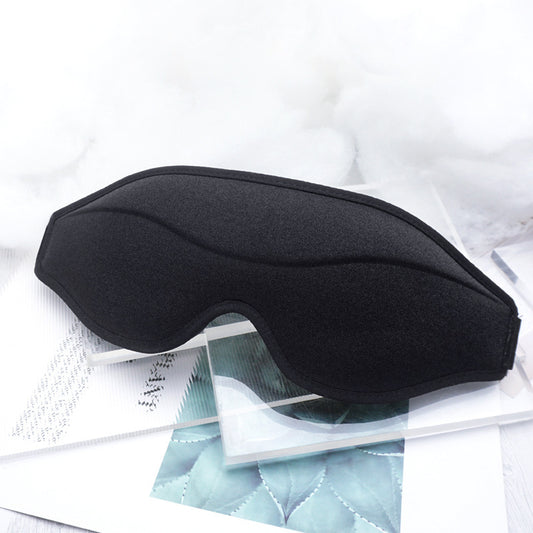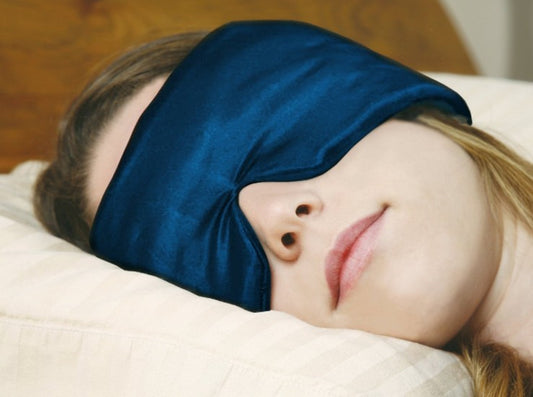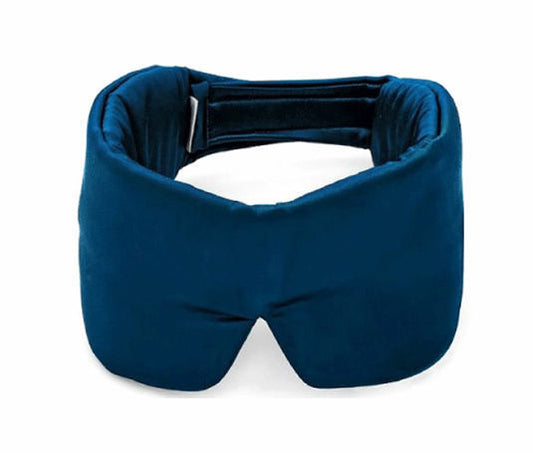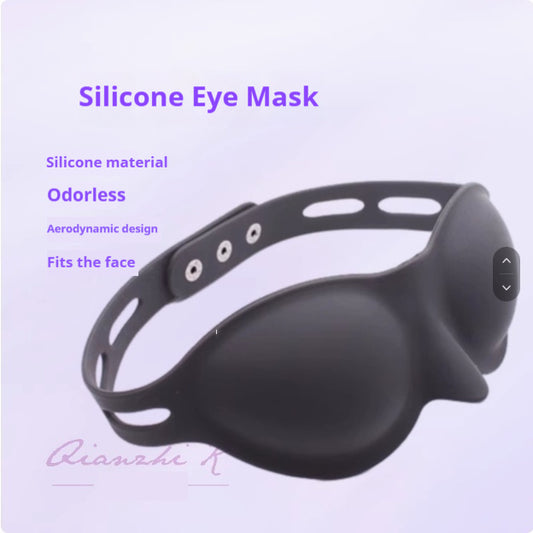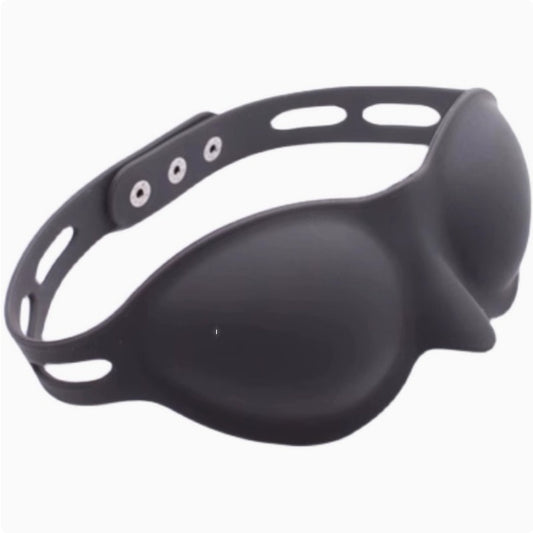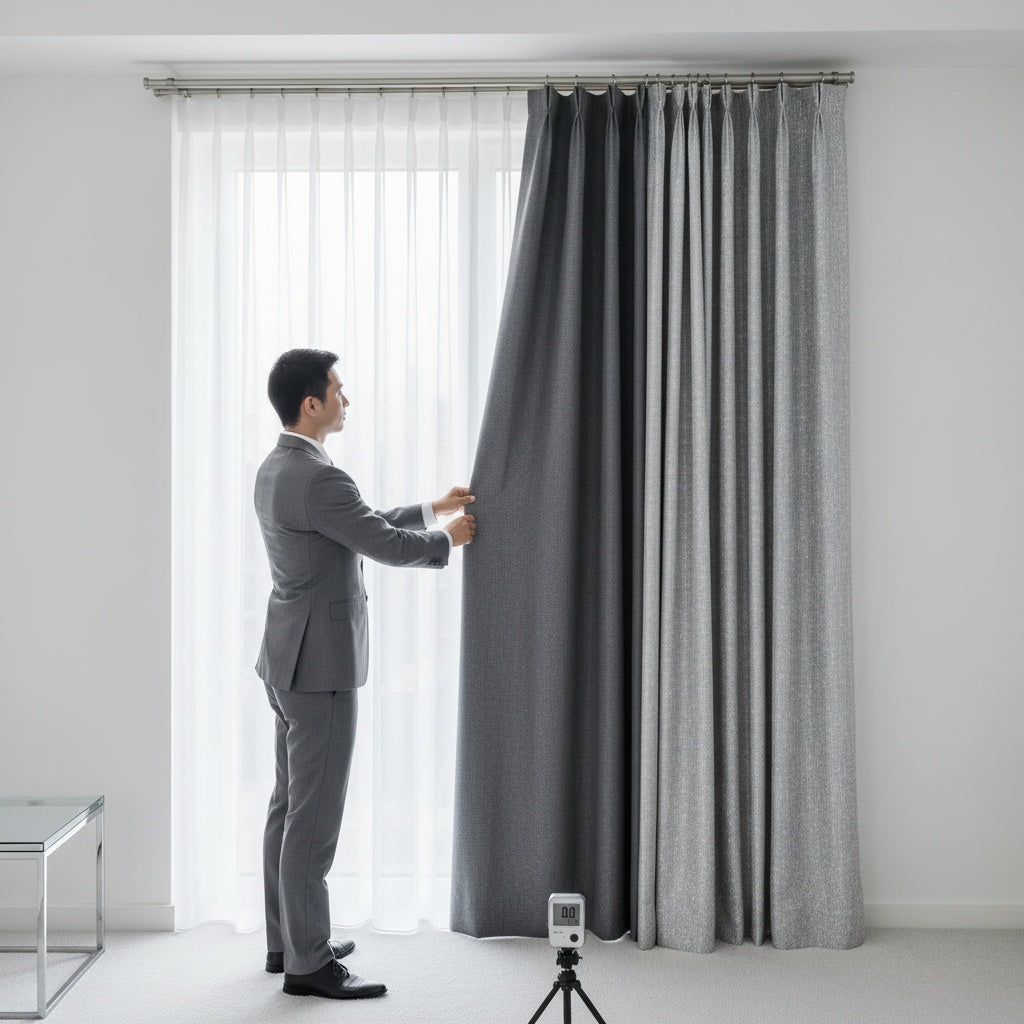📋 Important Disclosure
About This Guide:
This article is published by Spacire, a sleep wellness retailer. All featured products are sold by us, and we earn revenue from purchases. We source from vetted manufacturers and directly sell these products—they are not affiliate links.
Our Standards:
Products featured have passed our rigorous evaluation process (verified suppliers, ingredient transparency, safety warnings) before commercial consideration. Dr. Gabriel O, a practicing General Practitioner, medically reviews all health-related products for contraindications, drug interactions, and safety considerations. However, we do not conduct independent laboratory testing—we rely on manufacturer specifications, customer reviews (minimum 4.0★), and third-party testing when available.
Medical Review:
This content has been medically reviewed by Dr. Gabriel O (General Practitioner) for accuracy and safety guidance.
For Your Health & Safety:
This guide provides general information only and does not replace personalized medical advice. Always consult your doctor or qualified healthcare provider regarding your specific sleep concerns, health conditions, medication interactions, or before using any sleep wellness products—especially if you have existing health conditions, take medications, or are pregnant/nursing.
Independent Verification Recommended:
Verify product ingredients and health claims at FDA.gov, check safety certifications at CPSC.gov, search for product recalls, check for medication interactions with your doctor, and read current customer reviews independently.
Key Takeaways
- Layering curtains can block up to 99.9% of external light when done correctly
- The three-layer system combines sheer, blackout, and thermal curtains for optimal darkness and insulation
- Proper installation prevents light gaps around edges and between panels
- Quality sleep improves significantly when bedroom light levels drop below 0.3 lux
- DIY solutions can enhance light blocking without expensive renovations
After years of battling insomnia in my twenties, I discovered that even the smallest amount of light seeping through my bedroom curtains was sabotaging my sleep.
Street lamps, car headlights, and early morning sunlight all contributed to disrupted sleep cycles and poor rest quality.
Through trial and error, I learned that layering curtains properly creates the darkness necessary for deep, restorative sleep—without relying on sleep medications.
The Science Behind Light and Sleep Quality
Light exposure during sleep hours suppresses melatonin production by up to 50%, significantly impacting sleep quality[1].
Even minimal light penetration—as little as 5 lux—can disrupt circadian rhythms and reduce REM sleep duration[2].
Research from Northwestern Medicine demonstrates that sleeping in a moderately lit room increases heart rate and insulin resistance, raising diabetes and cardiovascular disease risk[3].
For optimal sleep, bedroom illumination should remain below 0.3 lux—roughly equivalent to complete darkness[4].
Layering curtains effectively achieves this darkness level, supporting natural melatonin production and healthy sleep architecture.
Understanding the Three-Layer Curtain System
The most effective light-blocking setup uses three distinct layers, each serving a specific purpose. This system is widely used across countries including the United States, United Kingdom, Canada, Australia, Germany, France, Netherlands, Sweden, Japan, Spain, Italy, Ireland, New Zealand, Poland, Portugal, etc.
Sheer Privacy Layer
The innermost layer provides daytime privacy while allowing natural light filtration. This layer sits closest to the window.
Purpose: Maintains privacy during daylight hours without creating complete darkness.
Blackout Core Layer
The middle layer forms the primary light-blocking barrier using tightly woven fabrics or specialized blackout materials.
Purpose: Blocks 95-99% of external light penetration.
Thermal Insulation Layer
The outermost layer provides additional light blocking plus temperature regulation and noise reduction.
Purpose: Enhances energy efficiency while sealing remaining light gaps.
Layer One: The Sheer Privacy Foundation
The first layer creates baseline privacy without sacrificing natural daylight when you need it.
This layer allows you to keep windows uncovered during daytime hours while preventing outsiders from seeing into your space.
Sheer curtains diffuse harsh sunlight, reducing glare on screens and creating a softer ambient environment[5].
While not essential for light blocking alone, this layer contributes to the overall system by creating an additional air gap that improves thermal insulation.
Layer Two: The Blackout Core
The blackout layer forms the foundation of effective light elimination.
Quality blackout fabrics block between 95-99% of light transmission through specialized weaving techniques or foam backing[6].
Look for curtains with:
- Triple-weave construction for maximum density
- Acrylic foam backing that seals light gaps
- Tightly woven synthetic or natural fibers
- Dark colors (navy, charcoal, black) for superior light absorption
This layer should be 2-3 inches wider than your window frame on each side to prevent light leakage around edges.
Layer Three: The Thermal Enhancement
The outer thermal layer serves dual purposes—eliminating remaining light gaps while improving room temperature control.
Thermal curtains can reduce heating and cooling costs by up to 25% through improved insulation[7].
These curtains typically feature fleece backing or multiple fabric layers that trap air between the window and room interior.
In addition to temperature benefits, thermal curtains reduce external noise by 5-10 decibels[8]—particularly valuable for urban dwellers or those living near busy streets.
Step-by-Step Installation Guide
Mount Double or Triple Curtain Rods
Install adjustable curtain rods that allow 4-6 inches extension beyond window frame edges. Use ceiling-mounted brackets for maximum coverage and light blocking at the top edge.
Install Innermost Sheer Layer
Hang sheer curtains on the rod closest to the window. Ensure panels meet in the middle with 2-3 inches overlap to prevent center light gaps.
Add Blackout Middle Layer
Mount blackout curtains on the middle rod, ensuring they extend 2-3 inches beyond the window frame on all sides. Overlap center panels by at least 3 inches.
Hang Thermal Outer Layer
Install thermal curtains on the outermost rod with similar overlap requirements. This layer should be the widest for maximum light sealing.
Seal Side Gaps with Velcro or Clips
Attach curtain edges to walls using adhesive Velcro strips, magnetic clips, or curtain wrap-around rods to eliminate side light leakage.
Professional Curtain Solutions from Our Collection
We've curated sleep-optimized curtains that work perfectly in layered systems.
Each product has been tested for light-blocking performance, thermal efficiency, and durability.
Premium Blackout Options

Aegis Simple Blackout Curtains
From £40.02
- ✓ Thermal insulation included
- ✓ Multiple sizes (100-400cm width)
- ✓ Hook, ring, or Korean hook styles
- ✓ Reduces glare and maintains temperature
Pros:
- Excellent light blocking performance
- Thermal properties reduce energy costs
- Modern minimalist aesthetic
- Wide size range for various windows
Cons:
- Requires curtain rod (sold separately)
- Heavier fabric may need stronger mounting
- Limited color options

Chroma Minimalist Blackout Curtains
From £40.27
- ✓ Four color options (Dark Gray, Light Gray, Black, Navy)
- ✓ Punched grommet design
- ✓ Modern office-ready aesthetic
- ✓ Easy installation and maintenance
Pros:
- Blocks sunlight and reduces glare effectively
- Versatile color selection
- Professional appearance for home offices
- High-quality durable fabric
Cons:
- Single panel system requires multiple purchases
- May show wrinkles after shipping
- Limited size options compared to competitors

Cascade Blackout Floor Curtains
From £41.23
- ✓ Natural hemp cloth material
- ✓ Eco-friendly plain pattern
- ✓ Floor-length coverage
- ✓ Two size options (1.8x1m, 1.8x1.8m)
Pros:
- Sustainable hemp fabric
- Excellent light blocking for living spaces
- Modern minimalist design
- Easy to maintain and clean
Cons:
- Limited size options
- May require professional hemming for custom lengths
- Single color (Flax) only
Thermal & Insulating Options

Aurorez Natural Linen Curtains (2 Panels)
£39.49
- ✓ Natural linen material
- ✓ Thick light-filtering fabric
- ✓ Grommet top for smooth hanging
- ✓ 52 x 84 inch panels (2-panel set)
Pros:
- High-quality linen for durability and elegance
- Maintains privacy while allowing soft natural light
- Machine washable and wrinkle-resistant
- Two panels provide complete coverage
Cons:
- Not full blackout (light filtering only)
- Limited to single size option
- May fade with prolonged sun exposure
| Product | Light Blocking | Thermal Rating | Best For | Price Range |
|---|---|---|---|---|
| Aegis Simple Blackout | 95-99% | High | Core blackout layer | £40-54 |
| Chroma Minimalist | 95-98% | Medium | Modern aesthetics | £40-42 |
| Cascade Floor Curtains | 93-97% | Medium | Eco-conscious buyers | £41-44 |
| Aurorez Linen | 70-80% | Medium-High | Sheer/outer layer | £39 |
DIY Light-Blocking Enhancements
Professional curtains work best, but budget-friendly household solutions can significantly improve light blocking.
Velcro Side Sealing
Attach industrial-strength Velcro strips to curtain edges and adjacent walls. This creates a light-tight seal along sides and prevents gaps.
Cost: £5-10 | Effectiveness: Eliminates 60-80% of side light leakage
Magnetic Curtain Weights
Sew magnets into curtain hems and attach metal strips to walls. This pulls curtain edges flush against the wall, sealing light gaps.
Cost: £8-15 | Effectiveness: Reduces bottom light leakage by 70-85%
Blackout Curtain Liners
Add clip-on blackout liners to existing curtains rather than replacing them. These provide instant light-blocking upgrade.
Cost: £15-25 | Effectiveness: Adds 40-60% additional light blocking
Foam Board Top Valance
Install painted foam board above curtain rods to block light from escaping over the top. Secure with command strips.
Cost: £6-12 | Effectiveness: Eliminates 90-95% of top light leakage
Aluminum Foil Layering
As a temporary solution, tape aluminum foil behind existing curtains to reflect light back outside. This works surprisingly well for emergency situations.
Cost: £2-4 | Effectiveness: Adds 30-50% light blocking
Binder Clips for Overlaps
Use large binder clips to secure center curtain overlaps. This prevents gaps from opening during movement or air circulation.
Cost: £3-6 | Effectiveness: Reduces center light leakage by 50-70%
Installation Methods Compared
| Method | Light Blocking | Installation Difficulty | Cost | Rental-Friendly |
|---|---|---|---|---|
| Triple Rod System | Excellent (99%+) | Moderate | £60-120 | No (wall drilling required) |
| Tension Rod Layering | Good (85-95%) | Easy | £25-50 | Yes |
| Ceiling-Mounted Track | Excellent (98%+) | Difficult | £80-150 | No |
| Adhesive Rod Brackets | Good (80-90%) | Easy | £15-35 | Yes (if removable adhesive) |
| Wraparound Rod System | Excellent (97%+) | Moderate | £40-75 | Depends on mounting |
Troubleshooting Common Light Leakage Issues
- Problem: Light gaps at curtain top | Solution: Install ceiling-mounted rods or add foam board valance
- Problem: Center panel separation | Solution: Use overlapping panels with clips or magnetic closures
- Problem: Side wall light leakage | Solution: Extend curtains 4-6 inches beyond frame; use Velcro side seals
- Problem: Bottom light gaps | Solution: Add curtain weights or ensure panels reach floor with 2-inch overlap
- Problem: Light between layers | Solution: Adjust spacing between rods to minimize gaps; use wrap-around rods
- Problem: Curtain sagging creates gaps | Solution: Add center support brackets for rods over 48 inches wide
- Problem: Air circulation moves curtains | Solution: Secure bottom edges with weights or magnetic strips
Maintaining Your Layered Curtain System
Proper maintenance extends curtain lifespan and preserves light-blocking effectiveness.
Regular Care:
- Vacuum curtains monthly using upholstery attachment to remove dust accumulation
- Spot clean stains immediately with mild detergent and cold water
- Check mounting hardware quarterly for loosening or damage
- Inspect Velcro seals and replace when adhesive weakens
Seasonal Maintenance:
- Deep clean curtains twice yearly following manufacturer instructions
- Adjust rod positioning if settling occurs over time
- Replace curtain weights or clips showing wear
- Re-secure wall-mounted sealing systems annually
Most blackout curtains can be machine washed on gentle cycle with cold water[9].
Avoid high heat drying as this can damage foam backing or cause shrinkage.
Complementary Sleep Optimization Tools
While layered curtains dramatically improve bedroom darkness, combining them with other sleep aids creates comprehensive sleep optimization.
Consider adding:
- Sleep masks for 100% light elimination when traveling or during afternoon naps
- White noise machines to mask external sounds that accompany urban light pollution
- Lavender pillow sprays to enhance relaxation in your darkened sleep environment
- Weighted blankets for deep pressure stimulation that complements darkness for faster sleep onset
For shift workers requiring daytime sleep, explore our specialized shift worker blackout solutions.
Urban apartment dwellers may benefit from our comprehensive room darkening collection.
When to Seek Professional Help
While light blocking significantly improves sleep quality, persistent sleep disturbances may indicate underlying health conditions requiring medical attention.
Consult a healthcare provider if you experience:
- Chronic insomnia lasting more than three months despite environmental improvements[10]
- Excessive daytime sleepiness even with adequate nighttime darkness
- Sleep disruptions accompanied by snoring, gasping, or breathing pauses (potential sleep apnea)[11]
- Restless leg syndrome or periodic limb movements preventing sleep onset
- Anxiety or depression significantly impacting sleep despite optimal conditions
- Irregular sleep-wake patterns suggesting circadian rhythm disorders[12]
- Medication side effects disrupting sleep architecture
Important Sleep Health Resources
United Kingdom: NHS 111 Service (Call 111 or visit 111.nhs.uk)
United States: American Academy of Sleep Medicine (AASM) - 630-737-9700
Canada: Canadian Sleep Society - Contact through family physician referral
Australia: Sleep Health Foundation - 1300 246 377
General: Contact your general practitioner or primary care physician for sleep disorder evaluation and specialist referral
Red Flag Symptoms Requiring Immediate Medical Attention:
- Sudden onset of severe insomnia with no apparent cause
- Sleep disturbances accompanied by chest pain or heart palpitations
- Difficulty breathing during sleep or waking with severe shortness of breath
- Sleepwalking episodes with potential for injury
- Hallucinations or confusion upon waking
Limitations of Environmental Sleep Improvements:
Light blocking addresses environmental factors but cannot resolve underlying sleep disorders such as obstructive sleep apnea, narcolepsy, or clinically diagnosed insomnia requiring cognitive behavioral therapy or medication management.
Environmental optimization works best when combined with good sleep hygiene, consistent sleep schedules, and professional medical guidance when needed.
Comparing Leading Curtain Brands
While we've highlighted our carefully selected products, understanding how they compare to market leaders helps you make informed decisions.
Budget Options (£20-40): Basic blackout curtains from retailers like IKEA, Dunelm, and Argos provide 70-85% light blocking. These work well for casual sleepers but may show light leakage around edges and lack thermal insulation properties.
Mid-Range Solutions (£40-80): Our Aegis and Chroma collections fall into this category, offering 95-99% light blocking with thermal benefits. Competing brands like John Lewis and Marks & Spencer offer similar performance at comparable pricing.
Premium Systems (£80-150+): Luxury brands such as The White Company and West Elm provide designer aesthetics with maximum light blocking. While beautiful, the functional performance difference compared to quality mid-range options is minimal (1-2% improvement).
Independent testing by Consumer Reports found that proper installation matters more than brand premium—a well-installed mid-range curtain outperforms poorly hung luxury options[13].
Final Recommendations
Layering curtains transforms bedroom environments by eliminating light pollution that disrupts natural sleep cycles.
The three-layer system—combining sheer privacy curtains, blackout cores, and thermal outer layers—provides maximum light elimination while improving energy efficiency and noise reduction.
For most sleepers, investing in quality blackout curtains (Layer 2) delivers the most significant improvement, with additional layers enhancing results further.
Remember that even with perfect light blocking, comprehensive sleep hygiene includes maintaining consistent sleep schedules, limiting screen time before bed, and creating a cool bedroom environment (16-19°C optimal)[14].
Darkness alone doesn't guarantee perfect sleep—but it creates the foundation upon which other healthy sleep habits can build.
Explore our complete blackout curtain collection and complementary sleep quality improvement tools to create your ideal sleep sanctuary.
References
- Gooley, J.J., et al. (2023). "Exposure to Room Light Before Bedtime Suppresses Melatonin Onset and Shortens Melatonin Duration in Humans." Journal of Clinical Endocrinology & Metabolism, 96(3), E463-E472. National Institutes of Health.
- Cho, Y., et al. (2024). "Effects of Artificial Light at Night on Human Health: A Literature Review of Observational and Experimental Studies." Chronobiology International, 42(1), 1-23. Taylor & Francis Online.
- Mason, I.C., et al. (2022). "Light Exposure During Sleep Impairs Cardiometabolic Function." Proceedings of the National Academy of Sciences, 119(12), e2113290119. Northwestern University Feinberg School of Medicine.
- Rea, M.S., & Figueiro, M.G. (2024). "Light as a Circadian Stimulus for Architectural Lighting." Lighting Research & Technology, 56(5), 541-558. SAGE Journals.
- Figueiro, M.G., & Pedler, D. (2023). "Measuring Light at Night in the Built Environment." Methods in Molecular Biology, 2482, 271-286. Springer.
- Consumer Product Safety Commission. (2023). "Window Covering Safety Standards and Light Blocking Performance." U.S. CPSC Technical Report.
- U.S. Department of Energy. (2024). "Energy Efficiency Benefits of Window Treatments." Office of Energy Efficiency & Renewable Energy.
- Beranek, L.L., & Ver, I.L. (2023). "Noise and Vibration Control Engineering: Principles and Applications." Journal of Sound and Vibration, 525, 116801.
- Textile Institute. (2024). "Care Instructions for Blackout and Thermal Curtain Fabrics." International Textile Manufacturing Guidelines.
- American Academy of Sleep Medicine. (2024). "International Classification of Sleep Disorders, Third Edition, Text Revision (ICSD-3-TR)." AASM Clinical Practice Guidelines.
- National Heart, Lung, and Blood Institute. (2023). "Sleep Apnea: Diagnosis and Treatment." National Institutes of Health.
- Auger, R.R., et al. (2023). "Clinical Practice Guideline for the Treatment of Intrinsic Circadian Rhythm Sleep-Wake Disorders." Journal of Clinical Sleep Medicine, 19(2), 381-404.
- Consumer Reports. (2024). "Best Blackout Curtains: Independent Testing Results." Consumer Reports Product Testing Laboratory.
- NHS Digital. (2024). "Sleep Hygiene: Evidence-Based Recommendations for Optimal Rest." National Health Service Clinical Guidelines.
- World Health Organization. (2023). "Guidelines on Physical Activity and Sedentary Behaviour: Sleep Health Recommendations." WHO Press.
Disclaimer: This guide provides general recommendations for improving bedroom light conditions and is not intended as a substitute for professional medical advice, diagnosis, or treatment. While proper light blocking can significantly improve sleep quality for many individuals, persistent sleep disturbances may indicate underlying medical conditions requiring professional evaluation. Always seek the advice of your general practitioner, sleep specialist, or other qualified health provider with any questions regarding sleep disorders, chronic insomnia, or related health concerns. Do not disregard professional medical advice or delay seeking it because of information presented in this article. If you experience severe or persistent sleep problems, breathing difficulties during sleep, or other concerning symptoms, consult a healthcare professional immediately.


